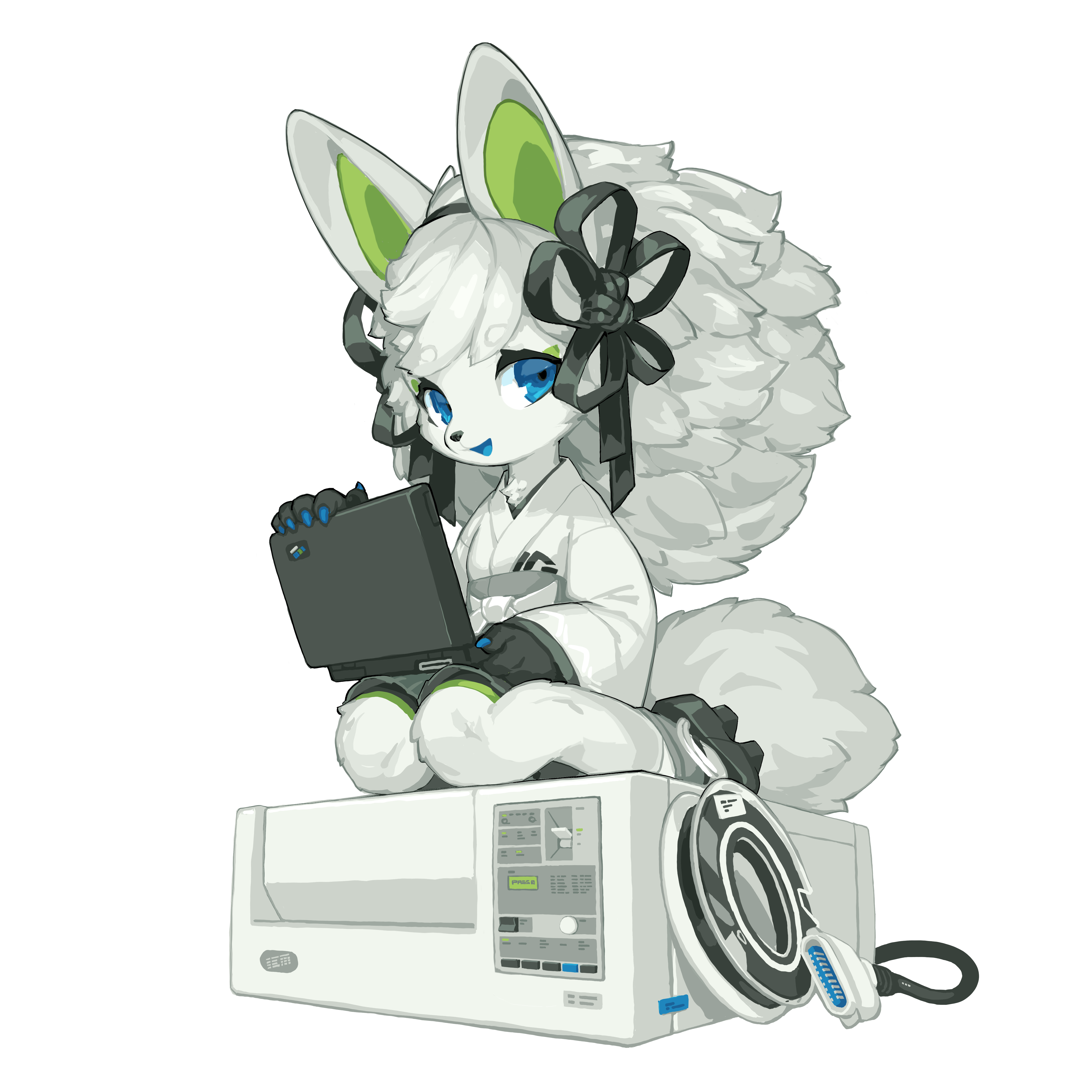Squishy is a platform for working with old SCSI devices with modern systems in a flexible manner. It was originally developed as a one-off solution for the taperipper project, which was to boot a modern system off of a IBM 9348-002 9-track magnetic tape drive.
It has since evolved into being a generic toolkit and hardware platform for all things SCSI.
Squishy is comprised of 4 core components; A gateware library built on Torii; A python library with various utilities and structures for dealing with SCSI data; A applet system to allow for custom gateware/python code applets to run on the hardware; And finally, the hardware itself.
Important
If you're looking for the Squishy hardware, the design files have moved to squishy-scsi/hardware.
The documentation for Squishy can be found at https://docs.scsi.moe.
The installation instructions for squishy on various platforms can be found on the https://docs.scsi.moe/install.html page.
The Squishy hardware design files have be migrated to squishy-scsi/hardware.
Details about the squishy hardware can be found on the https://docs.scsi.moe/hardware/index.html page.
More information about Sachi is available on her mascot page in the documentation.
Sachi was designed and illustrated by the amazing Tyson Tan (tysontan.com). He provides mascot design service for free and open source software projects, free of charge, under free license.
Squishy has a dedicated IRC channel, #squishy on libera.chat. Join to ask questions, discuss ongoing development, or just hang out.
NOTE: Squishy does not have an official discord, nor any endorsed discord servers, for an explanation as to why, see the F.A.Q.
The Squishy project is licensed under 3 individual licenses, one for the hardware and gateware, one for the software and one for the documentation.
The hardware is licensed under the CERN-OHL-S, the license for which can be found in squishy-scsi/hardware/LICENSE
The software and gateware are licensed under the BSD-3-Clause and can be found in LICENSE.software.
The documentation is licensed under the Creative Commons CC-BY-SA and can be found in LICENSE.docs
The icons used in the GUI are from the KDE project. They are the breeze-icons and they are licensed under the LGPL v2.1, and can be found in LICENSE.icons
The fonts used in the GUI are Fira Code, and Noto Sans, both of which are under the OFL 1.1, and can be found in LICENSE.fonts
The print/pdf documentation uses the font Nunito which is under the OFL 1.1, and can be found in LICENSE.fonts
Sachi, the mascot is dual-licensed under the BSD-3-Clause and the Creative Commons CC-BY-SA


